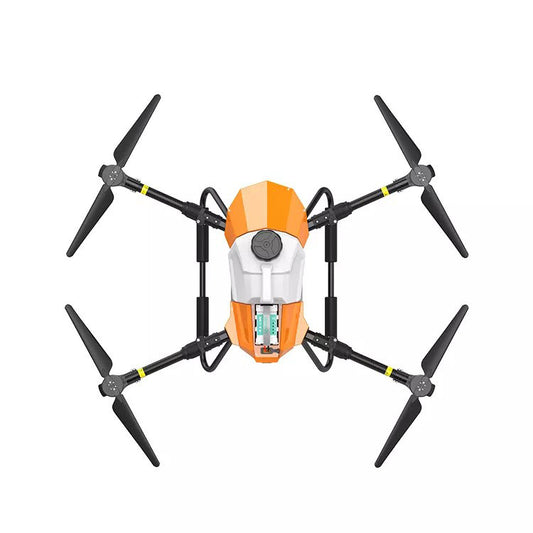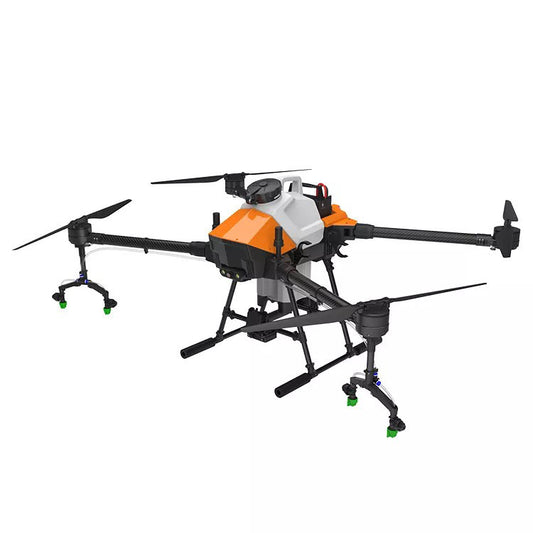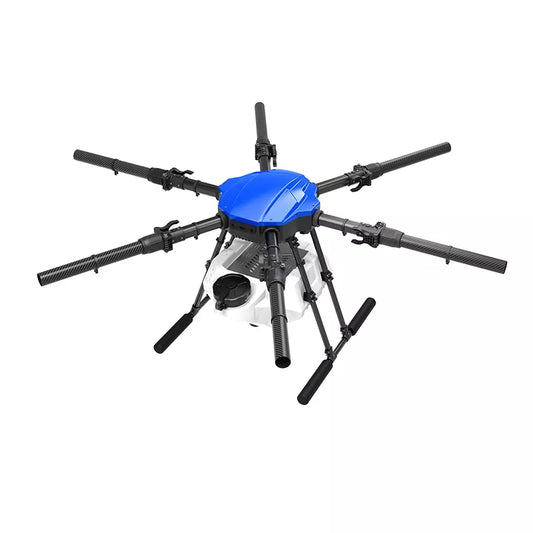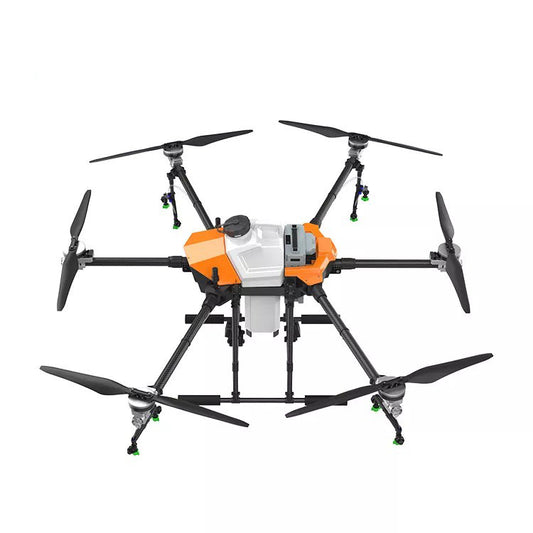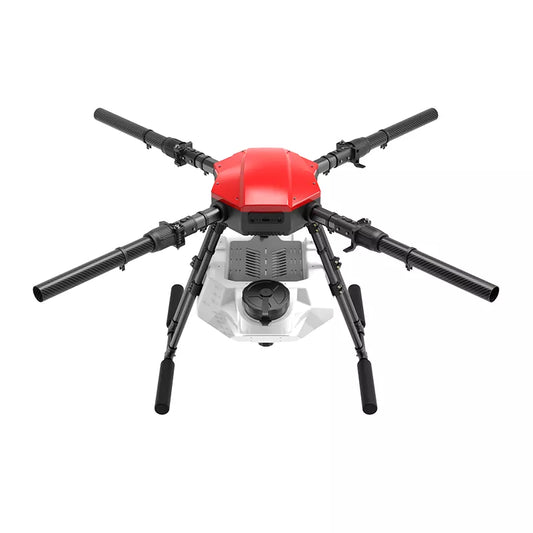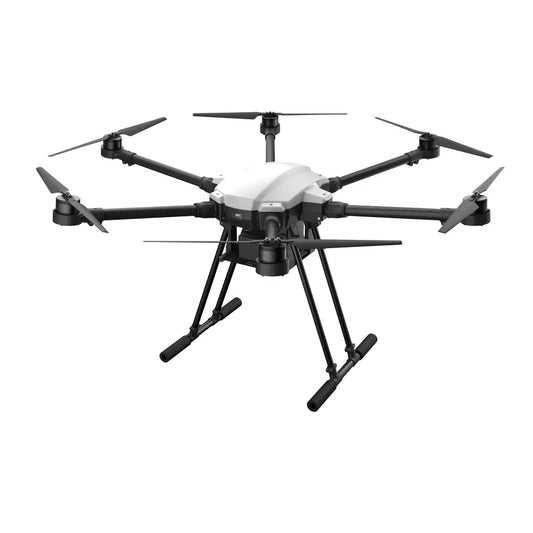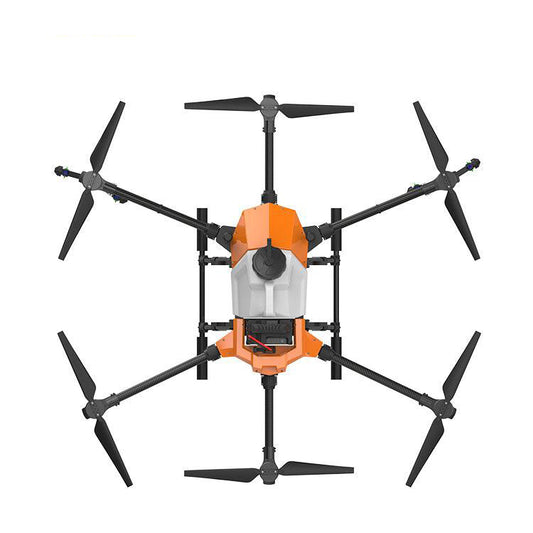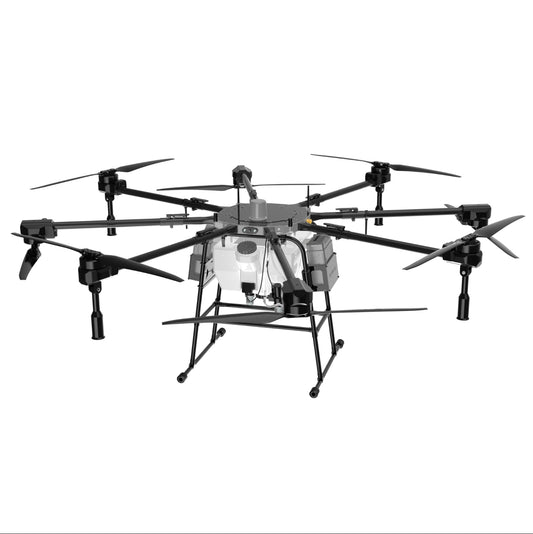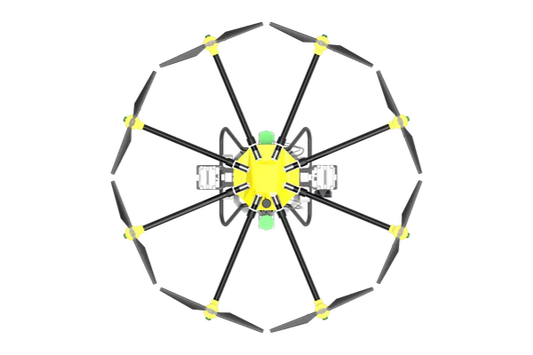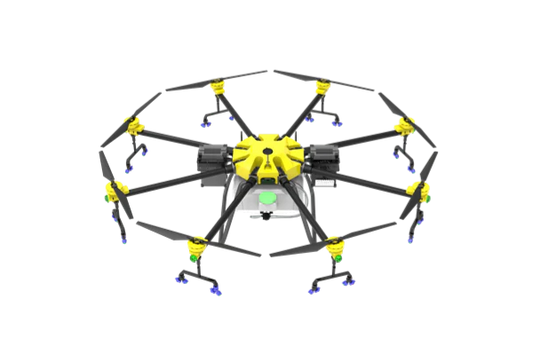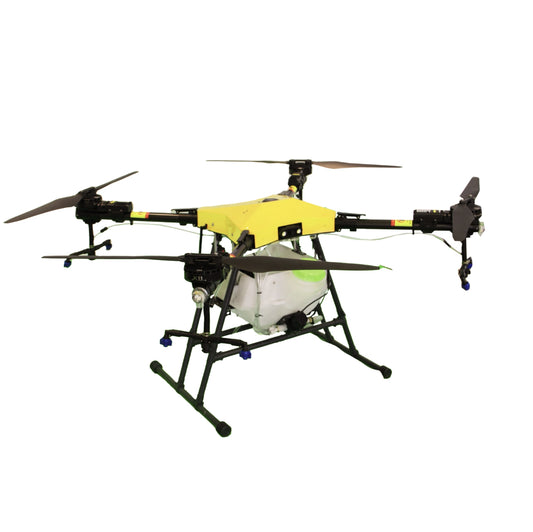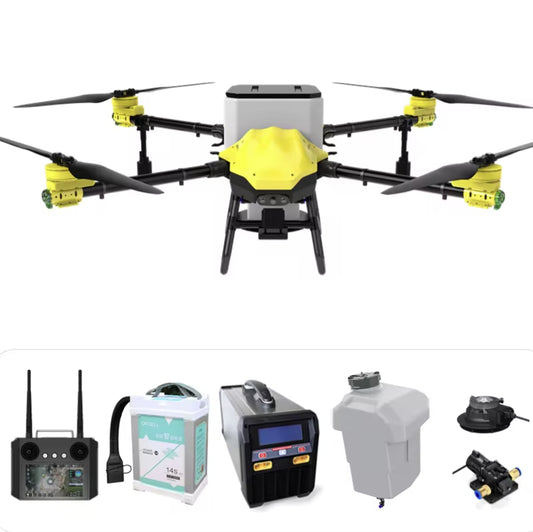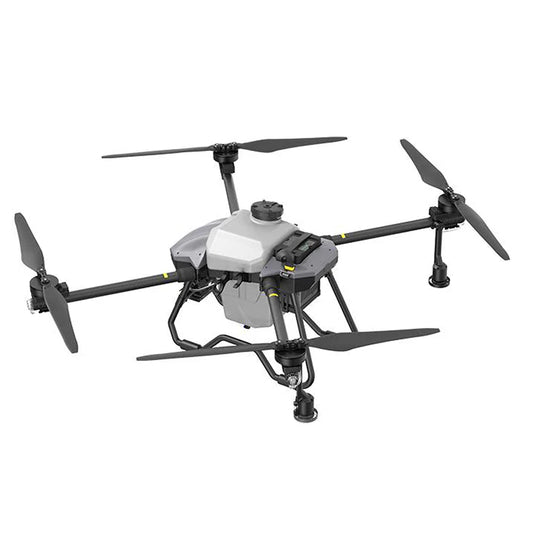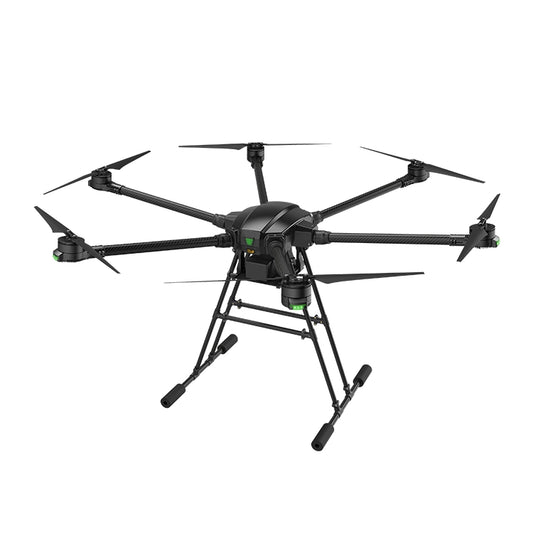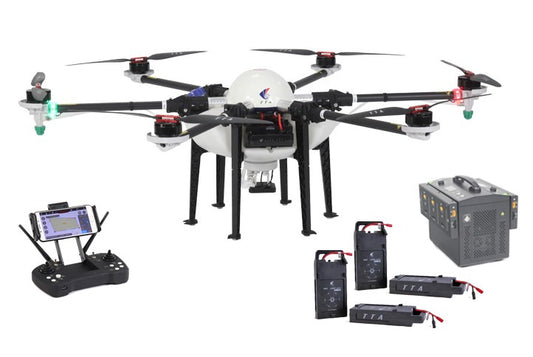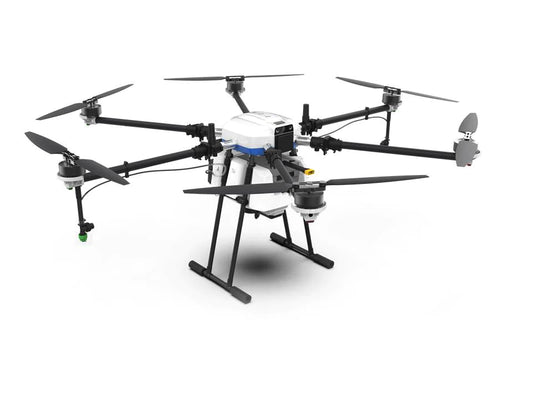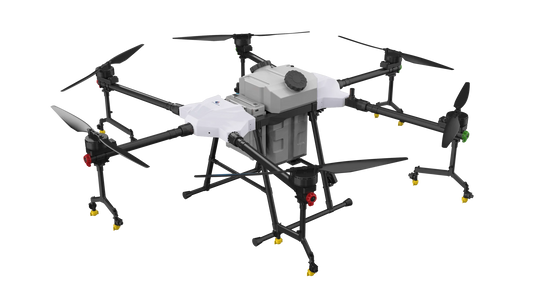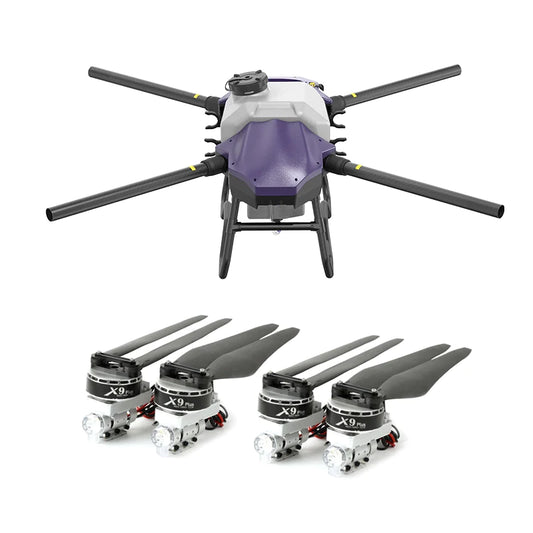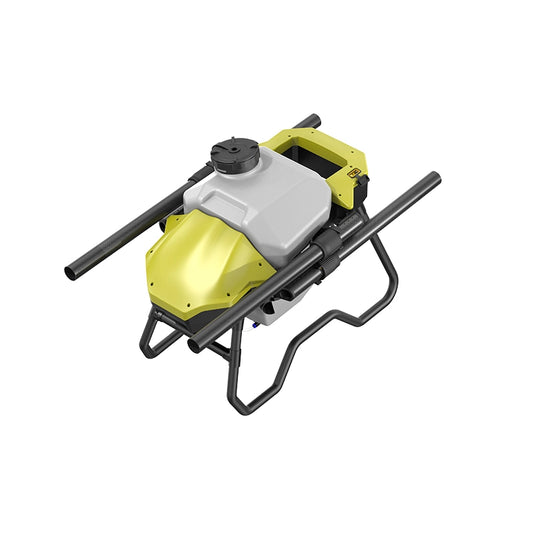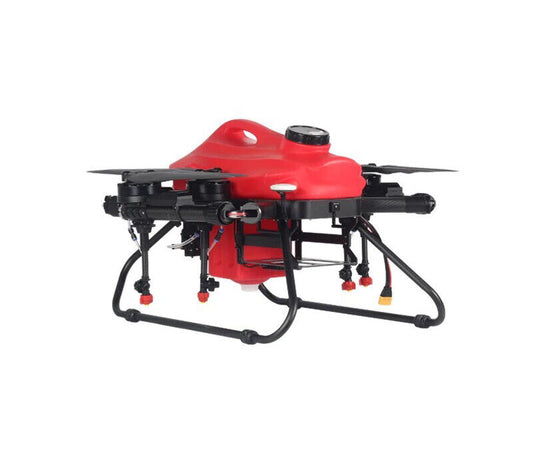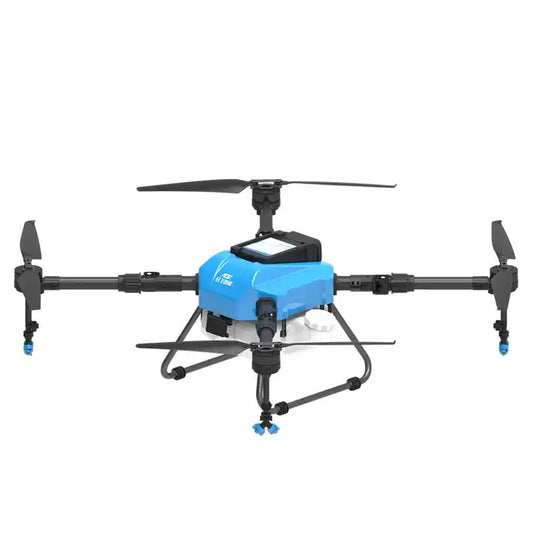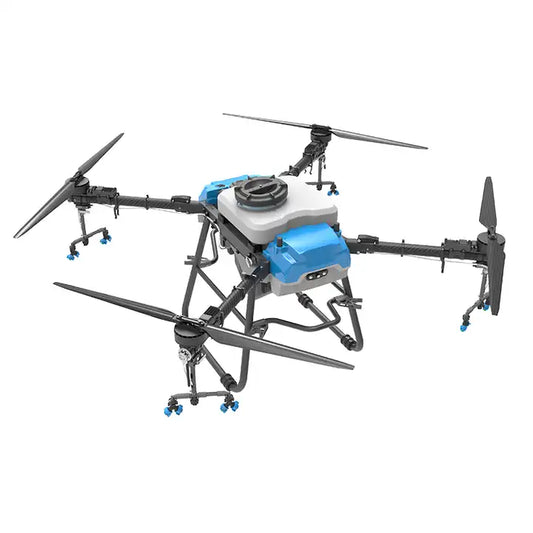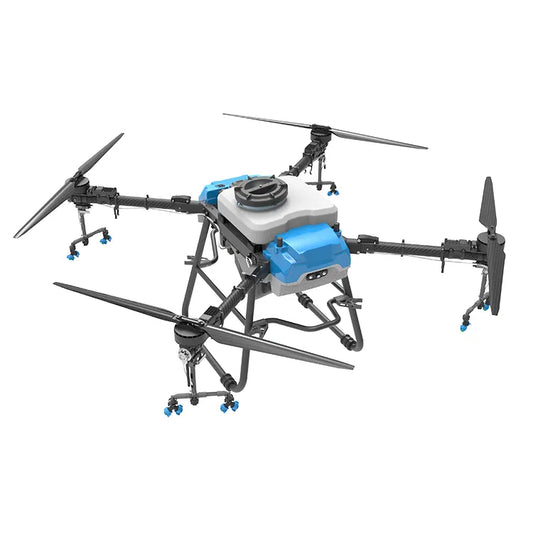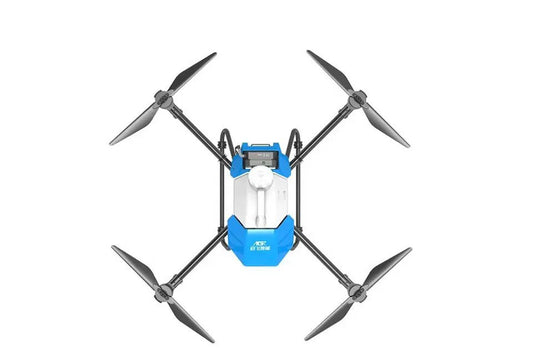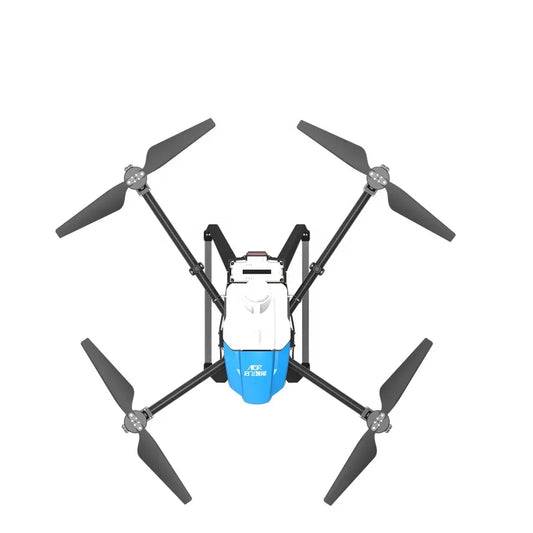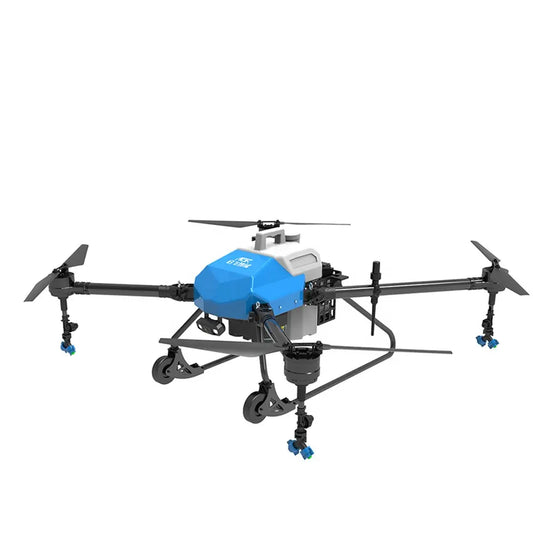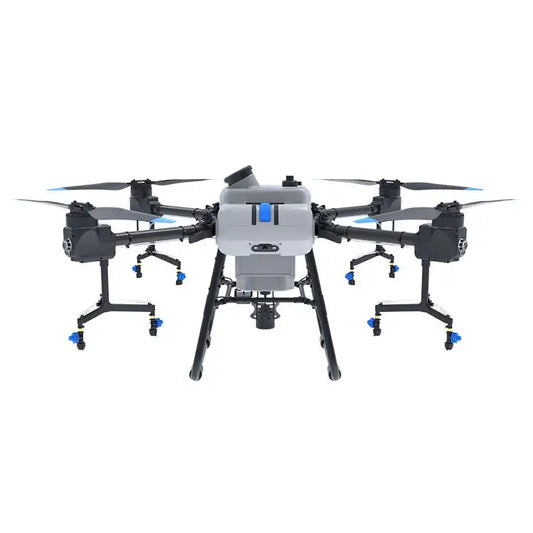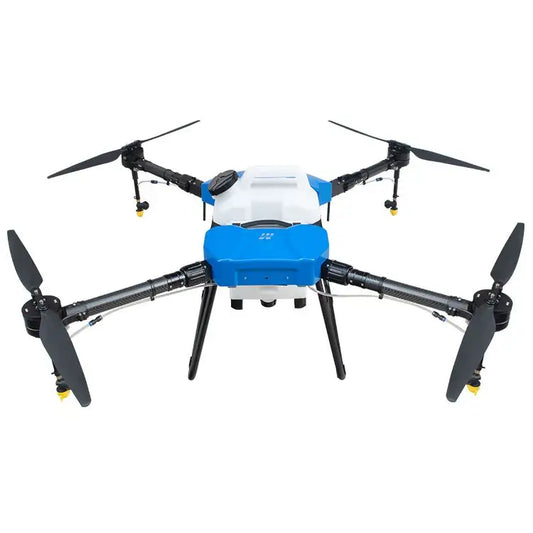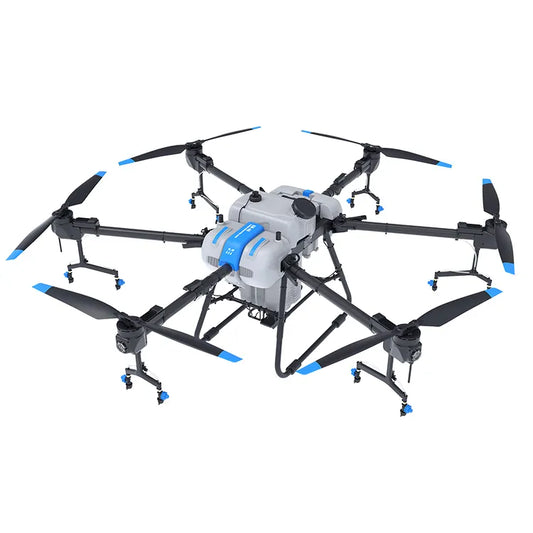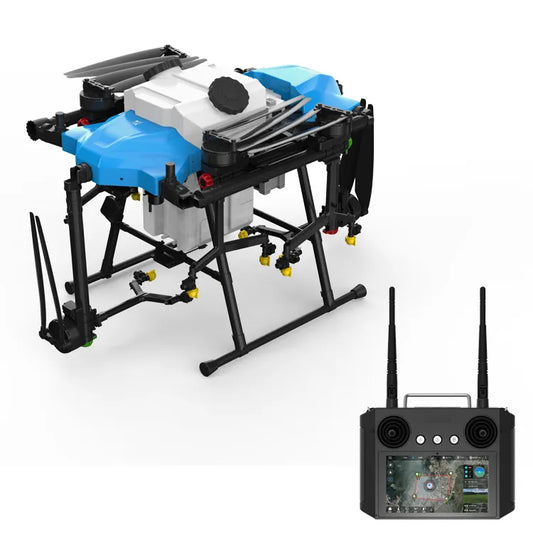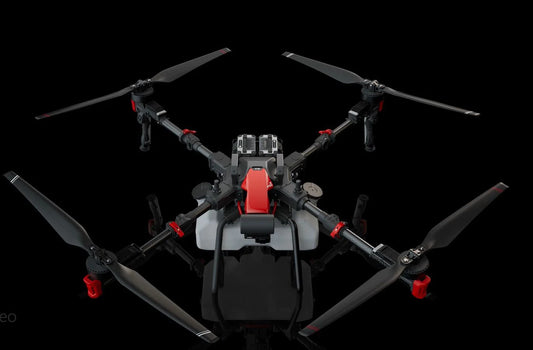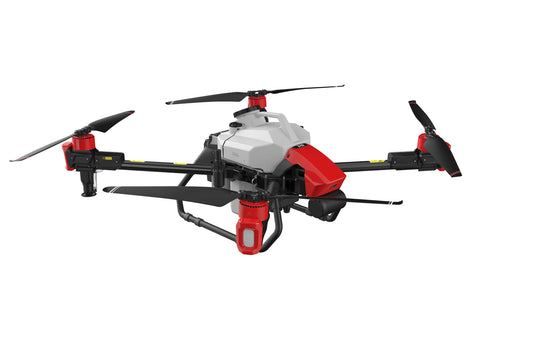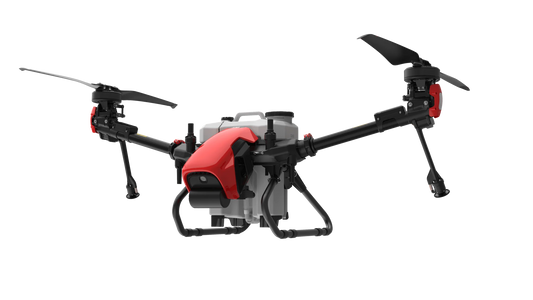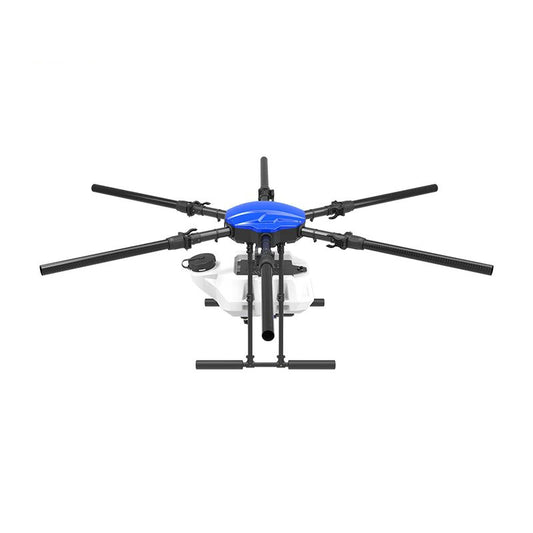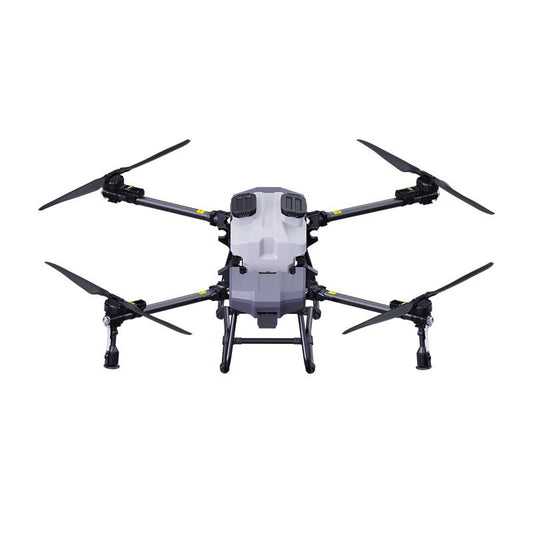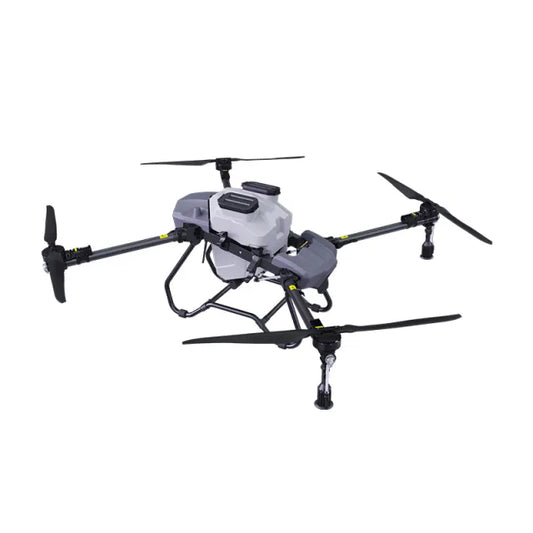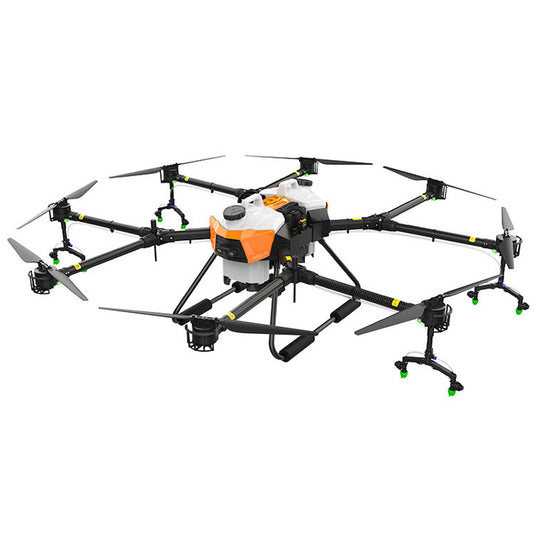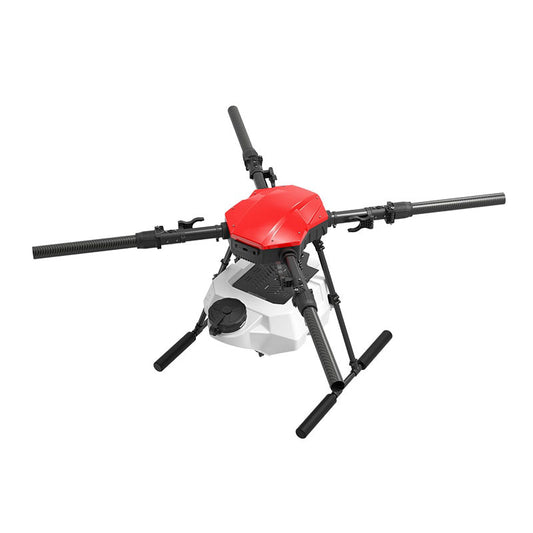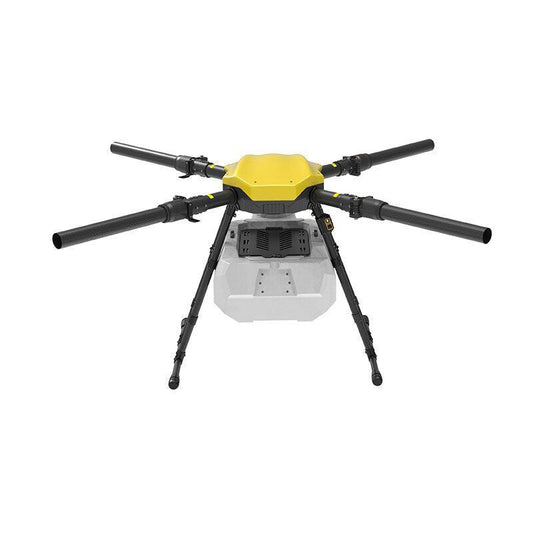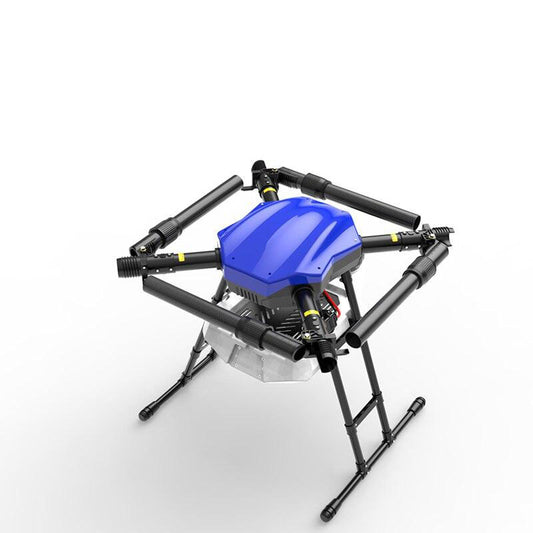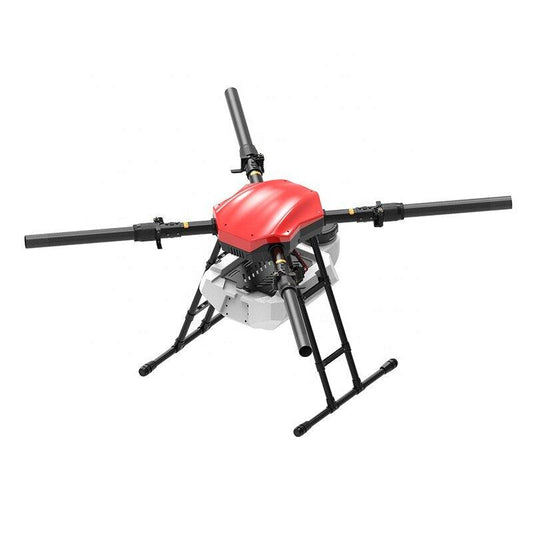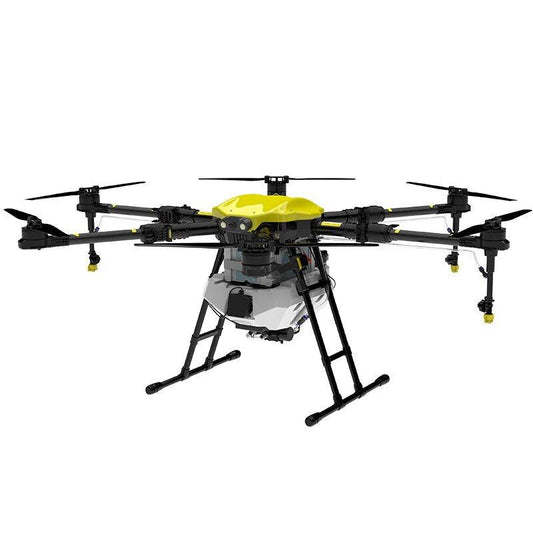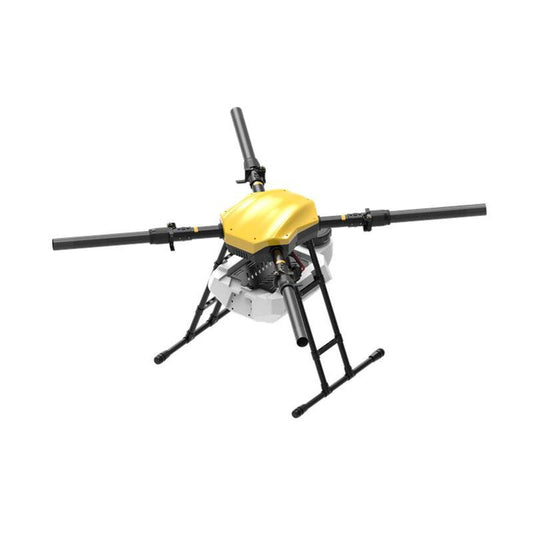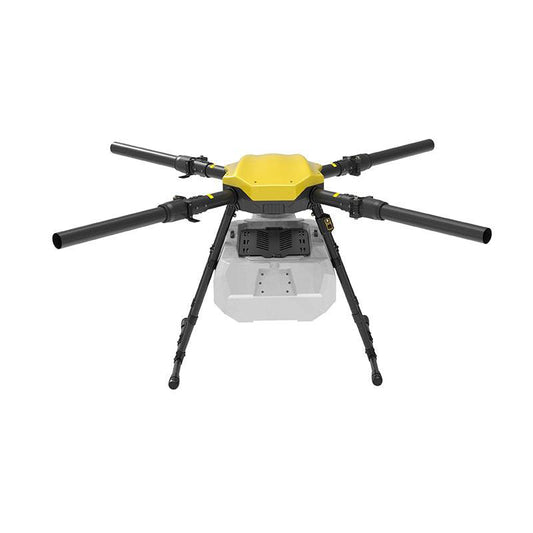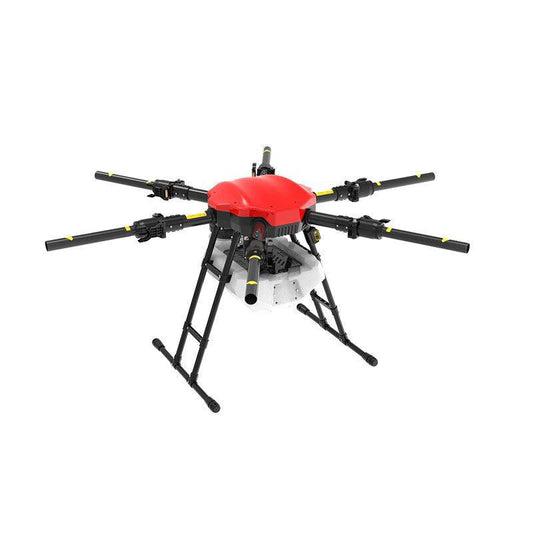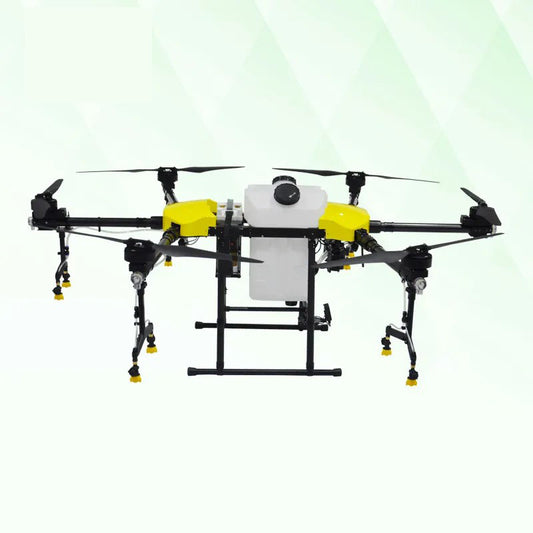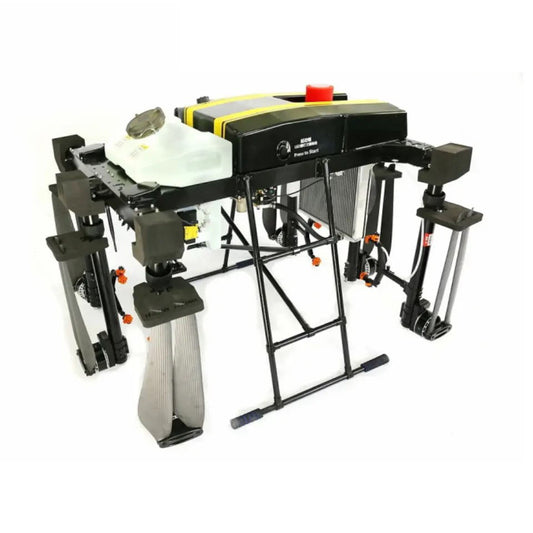What is Agriculture Drone?
Agriculture drones, also known as precision agriculture drones or agri-drones, are unmanned aerial vehicles (UAVs) used for farming and agriculture purposes. They are typically used for crop surveillance, irrigation, planting, crop spraying, and overall field analysis. They can help increase crop yield and efficiency by providing detailed and real-time data that is otherwise difficult to obtain.
How to Choose Agriculture Drone ?
When selecting an agriculture drone, consider the following factors:
-
Purpose and Use Case: Identify the specific tasks you want to accomplish, such as spraying, crop monitoring, or mapping, to determine the required features and capabilities of the drone.
-
Payload Capacity and Spraying Efficiency: Assess the drone's payload capacity and spraying rate to ensure it can cover your desired area efficiently.
-
Flight Time and Range: Consider the flight time and range of the drone to meet the size of your fields and the coverage you require.
-
Camera or Sensor Quality: If crop monitoring or data collection is a priority, evaluate the quality and capabilities of the onboard camera or sensors.
-
Brand and Support: Choose reputable brands known for quality, reliable support, and after-sales service. Read reviews and consult experts or other farmers to gather feedback and recommendations
-
Price and Budget: Consider your budget and the cost-effectiveness of the drone, taking into account the features, capabilities, and support offered by the manufacturer.
-
Ease of Use and Compatibility: Assess the user-friendliness of the drone's control system and software interface. Ensure compatibility with your existing equipment and software for data analysis and integration.
-
Maintenance and Spare Parts: Evaluate the availability of spare parts, maintenance requirements, and technical support to ensure long-term usability and reliability of the drone.
-
Training and Support: Check if the manufacturer provides training materials, tutorials, or professional support to help you effectively operate the drone and make the most of its features.
How to Choose Agricultural Drone Capacities?
Matching Farm Sizes and Spraying Efficiency
To provide a tailored introduction to agricultural drones of different capacities (6L, 10L, 16L, 20L, 30L, 40L, and 50L) and their suitability for various farm sizes and spraying efficiency, we'll break down the capacities one by one. The effectiveness of an agricultural drone largely depends on its payload capacity, battery life, and the precision of its spraying mechanism. Below is a general overview based on the capacity of the drones:
-
Farm Size Suitability: Ideal for small farms or specialized applications like research plots or high-value crops in areas up to 1 hectare.
-
Spraying Efficiency: High precision, suited for targeted treatments. Can cover an area efficiently with focused applications, such as pest or disease outbreaks.
-
Farm Size Suitability: Best for small to medium-sized fields, approximately 1 to 2 hectares.
-
Spraying Efficiency: Offers a good balance between capacity and maneuverability, allowing for effective coverage with less refill need compared to 6L drones.
-
Farm Size Suitability: Suitable for medium-sized farms, covering 2 to 4 hectares.
-
Spraying Efficiency: Increased capacity means longer flight times between refills, enhancing efficiency for standard crop treatments.
-
Farm Size Suitability: Designed for medium to larger fields, around 4 to 6 hectares.
-
Spraying Efficiency: With a larger tank, it can cover more ground before needing a refill, making it efficient for widespread applications.
-
Farm Size Suitability: Ideal for larger farms or agricultural operations, capable of efficiently servicing areas of 6 to 10 hectares.
-
Spraying Efficiency: Its larger capacity reduces the frequency of refilling, enabling it to complete extensive spraying jobs more quickly.
-
Farm Size Suitability: Suitable for large-scale farming operations, capable of covering 10 to 15 hectares.
-
Spraying Efficiency: A higher capacity drone that maximizes time in the air spraying rather than refilling, making it highly efficient for large areas.
-
Farm Size Suitability: Best for very large agricultural areas, capable of covering more than 15 hectares.
-
Spraying Efficiency: The largest capacity drones available, offering the highest efficiency for large-scale operations. Suitable for extensive acreage with reduced need for refilling.
It's important to note that the actual efficiency and suitability can vary based on factors like the type of crops, the terrain of the farm, the specific application (e.g., fertilizers, pesticides), and environmental conditions.
Recommended agricultural drone brands
DJI Agriculture Drones, including the DJI Agras T40, T30, Mavic 3M, and T10 models, revolutionize farming with advanced spraying, data analysis, and efficiency for all farm sizes.
XA excels in the agricultural drone field with models like the XAG P100, XAG P100 Pro, XAG V40, and XAG P40, each designed for precision farming. Offering advanced spraying and seeding capabilities, XAG's drones are tailored for efficiency and effectiveness across various farm sizes and crops, rivaling competitors like DJI with their specialized focus on agriculture.
EFT stands out in the agricultural drone sector much like Linux does in the operating system realm, celebrated for its flexibility and the freedom it offers for DIY enthusiasts. EFT drones support a wide range of capacities, from 6L to 50L, catering to virtually all agricultural needs. They're known for their exceptional value for money and reliability, making them a top choice for farmers. With the ability to customize and adapt their drones to specific requirements, EFT provides a unique proposition in the market: high-performance, versatile drones that can be tailored to the precise needs of any agricultural operation, ensuring that users aren't just purchasing a drone but a comprehensive farming solution.
JIS is a Chinese agricultural drone brand primarily known for its OEM (Original Equipment Manufacturer) support, catering to businesses looking to produce drones under their own branding. While JIS might not have the strongest brand recognition in the consumer market, it offers significant value through its manufacturing services, allowing for customization and production of agricultural drones with minimal order requirements—starting from just one unit. This flexibility makes JIS an attractive option for companies seeking to enter the agricultural drone market with their own branded products without the need for large initial investments in manufacturing infrastructure.
In addition, the following brands of agricultural drones are also worth recommending:
TTA Agri Drone, AGR Agri Drone, Yuanmu Agri Drone, Joyance Agri Drone, TYI Agri Drone,
Components of agricultural drones
-
Frame: The structural base, ensuring lightweight durability and stability.
-
Propulsion System: Comprising motors and propellers, it provides lift and maneuverability, crucial for carrying payloads like liquids for spraying over extensive farmlands.
-
Spraying System: Equipped with tanks, pumps, and nozzles, it precisely distributes pesticides and fertilizers across crops.
-
Control System: Includes both hardware and software for manual and automated flight, featuring remote controllers, GPS, and flight planning software for navigating large agricultural areas. flight controller for agriculture drone is the brain of the control system.
-
Remote Controller For Agriculture Drone: long distance and video transmission, have screen on the remote controller.
-
Battery: High-capacity lithium-polymer batteries power the drone, determining its flight time and payload capacity.

